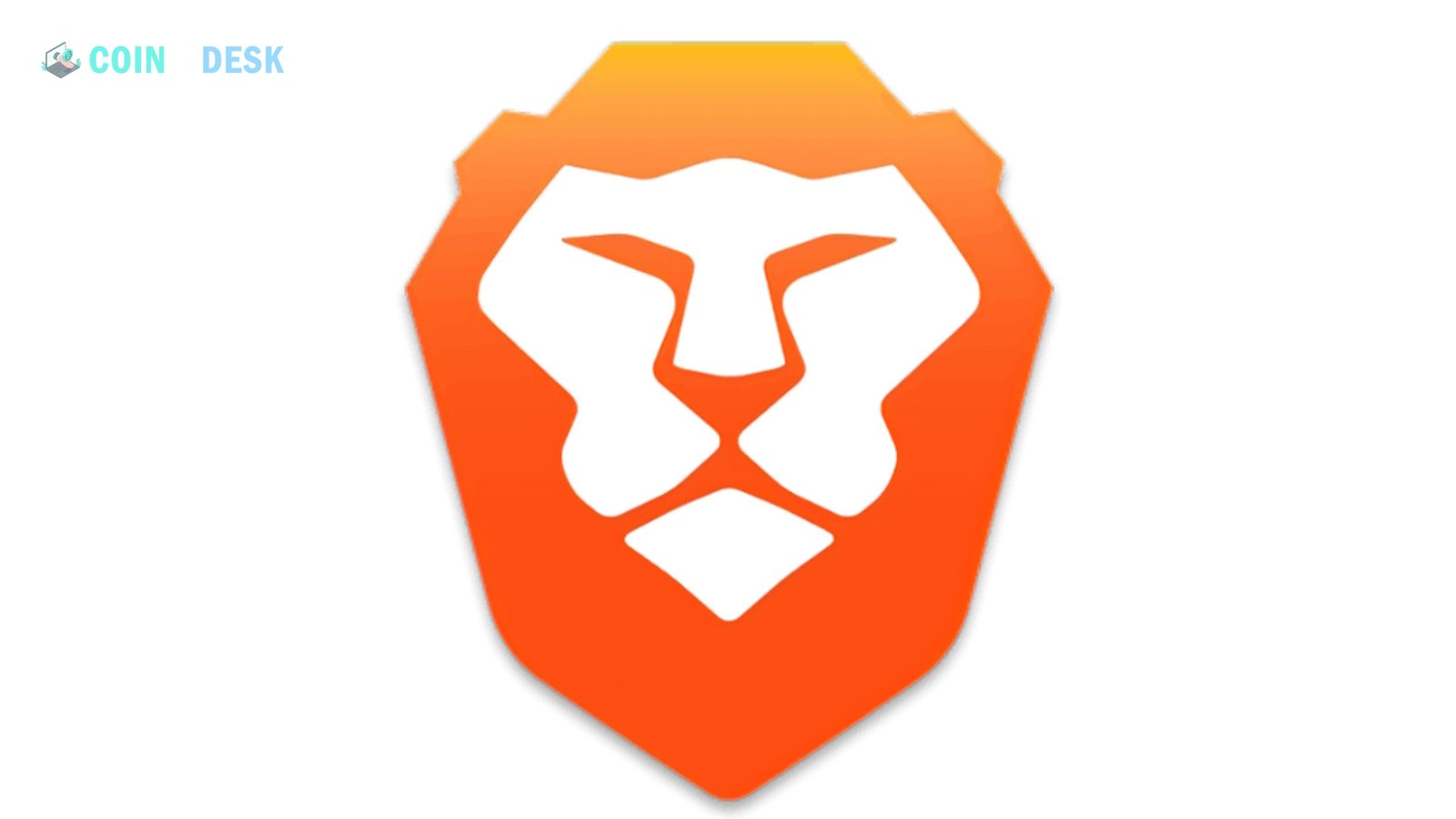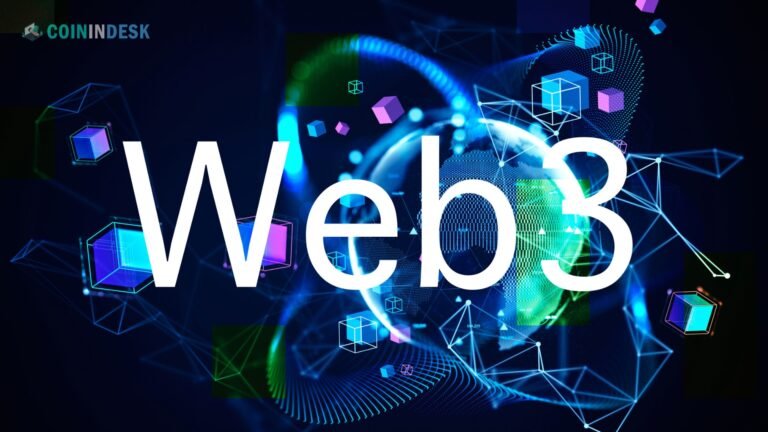Web3 Browsers: The internet is on the cusp of a transformative shift, moving from the centralized Web2 model to the decentralized Web3 paradigm. At the heart of this evolution is the development of Web3 browsers—tools designed to facilitate seamless interaction with decentralized applications (dApps), blockchain networks, and the broader Web3 ecosystem. These browsers aim to empower users with more control over their data, privacy, and online interactions. This article explores the latest developments in Web3 browsers, their significance, and their challenges as they become the gateway to the decentralized web.
What are Web3 Browsers?
Web3 browsers are specialized web browsers that allow users to access and interact with the decentralized web. Unlike traditional browsers like Chrome, Firefox, or Safari, designed for the Web2 environment, Web3 browsers have built-in tools to interact with blockchain networks, manage cryptocurrencies, and use apps.
Critical features of Web3 browsers include:
- Integrated Wallets: Most Web3 browsers have built-in cryptocurrency wallets, enabling users to store, send, and receive digital assets directly from the browser. This feature is crucial for interacting with dApps and participating in decentralized finance (DeFi) ecosystems.
- dApp Support: Web3 browsers allow users to access and use dApps directly. These decentralized applications operate on blockchain networks, providing services ranging from finance and gaming to social networking and content creation.
- Enhanced Privacy and Security: Web3 browsers prioritize user privacy and security. They often include ad-blocking, anti-tracking tools, and enhanced encryption to protect user data and online activities.
- Decentralized Identity Management: Web3 browsers often support decentralized identity solutions, allowing users to manage their digital identities without relying on centralized authorities. This empowers users to control their personal information and how it’s shared online.
Popular Web3 Browsers
As the Web3 ecosystem expands, several Web3 browsers have emerged, each offering unique features and capabilities. Here are some of the most popular Web3 browsers currently available:
Brave Browser
Brave is one of the most well-known browsers in the Web3 space. Initially a privacy-focused Web2 browser, Brave has integrated Web3 features, including a built-in cryptocurrency wallet (Brave Wallet) and support for dApps. Brave also rewards users with Basic Attention Tokens (BAT) for viewing privacy-respecting ads, providing a new model for online advertising.
MetaMask
MetaMask started as a browser extension but has evolved into a full-fledged Web3 browser. It allows users to interact with Ethereum-based dApps and manage their digital assets through an integrated wallet. MetaMask is widely used in the DeFi space and is known for its user-friendly interface and robust security features.
Opera Crypto Browser
Opera, a veteran in the Web2 browser market, has also entered the Web3 space with its Opera Crypto Browser. This browser is designed to make Web3 more accessible to mainstream users by integrating a non-custodial wallet, support for multiple blockchain networks, and a native app store. Opera Crypto Browser offers enhanced security features like phishing protection and a VPN.
Pillar
Pillar is a Web3 browser that focuses on user empowerment. It offers a multi-chain wallet, dApp browser, and decentralized identity management tools. Pillar aims to provide a seamless user experience across blockchain networks and applications.
Unstoppable Domains
Unstoppable Domains is not a browser per se, but it plays a crucial role in the Web3 browsing experience. It allows users to create and manage decentralized domain names stored on the blockchain. These domains can be used to develop censorship-resistant websites that can be accessed via Web3 browsers, enhancing the decentralized nature of the Web3 ecosystem.
Challenges Facing Web3 Browsers
Despite their potential, Web3 browsers face several challenges that could impact their adoption and effectiveness:
User Experience
While Web3 browsers offer robust features, they can be complex for users unfamiliar with blockchain technology. Improving the user experience and making Web3 accessible to non-technical users is a crucial challenge for developers.
Security Risks
The decentralized nature of Web3 can make it more resilient to certain types of attacks, but it also introduces new security risks. Phishing attacks, smart contract vulnerabilities, and wallet hacks are potential threats that Web3 browsers must address.
Regulatory Uncertainty
The regulatory landscape for Web3 is still evolving, and this uncertainty could affect the growth of Web3 browsers. Governments and regulators are grappling with how to approach decentralized technologies, and future regulations could impact how these browsers operate.
Interoperability Issues
While Web3 browsers aim to support multiple blockchains, achieving true interoperability remains challenging. Different blockchains have different protocols, standards, and levels of compatibility, making it challenging to create a seamless experience for users across the Web3 ecosystem.
The Future of Web3 Browsers
As Web3 continues to evolve, Web3 browsers will play a critical role in shaping the future of the Internet. Technological advancements, user demand, and regulatory developments will likely drive their growth. As these browsers become more user-friendly, secure, and interoperable, they will help pave the way for the mass adoption of Web3 and the realization of a truly decentralized internet.
In conclusion, Web3 browsers represent a significant step forward in the evolution of the internet. These browsers are laying the foundation for a more decentralized, equitable, and user-centric digital world by empowering users with greater control over their data, privacy, and online interactions. As the Web3 ecosystem grows, so will the importance of Web3 browsers in navigating this new frontier.


